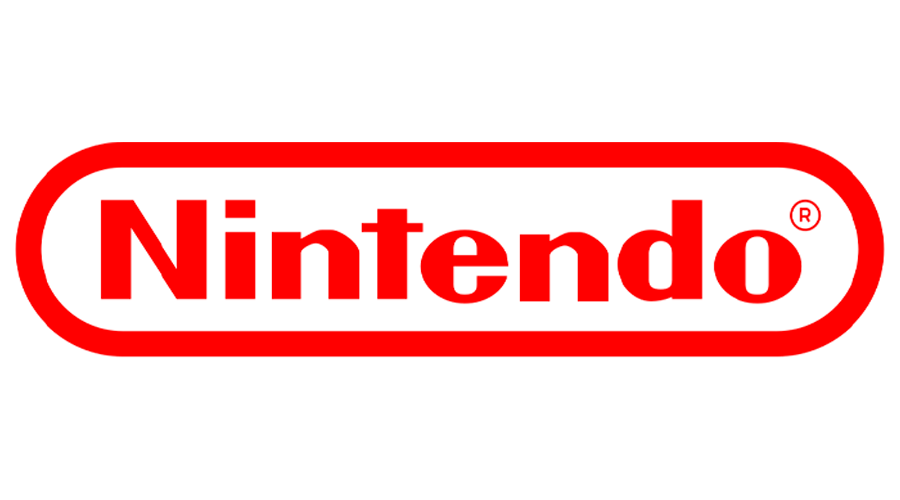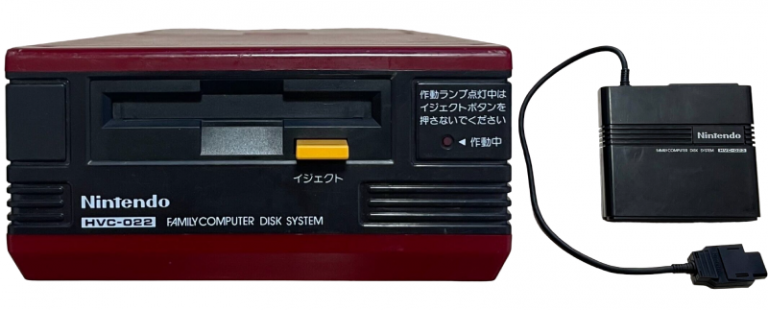

Famicom Disk System: Nintendo’s Innovative Gaming Peripheral
Introduction
The Family Computer Disk System, commonly known as the Famicom Disk System or FDS, was a groundbreaking peripheral for Nintendo’s Family Computer (Famicom) home video game console. Released exclusively in Japan on February 21, 1986, it introduced innovative features that expanded the capabilities of the original Famicom system.
Key Features of the Famicom Disk System
- Storage Medium: Proprietary 2.8-inch floppy disks called “Disk Cards” with 112 KB capacity
- Memory: 32 KB disk cache and 8 KB game RAM
- Sound: Additional sound channel using Ricoh 2C33 wavetable synthesizer
- Power: AC adapter or 6 C-cell batteries
- Connectivity: RAM Adapter cartridge plugged into the Famicom’s cartridge slot
- Availability: 1986-1990
- Units Sold: 4.4 million
Unique Aspects
- Rewritable Storage: Allowed for saving game progress and updating game content
- Enhanced Audio: Added an extra sound channel for improved game audio
- Cheaper Game Distribution: Reduced manufacturing costs compared to cartridges
- Disk Fax System: Enabled nationwide leaderboards and contests via in-store kiosks
Applications and Impact
Game Development
The FDS enabled the creation of more complex games with larger worlds and save features, such as The Legend of Zelda and Metroid.
Cost-Effective Gaming
The use of cheaper floppy disks allowed for more affordable game releases and quicker production cycles.
Technological Innovation
The Disk Fax system was a precursor to modern online achievement and distribution systems.
Legacy and Influence
- Most successful console add-on of its time, despite being exclusive to Japan
- Inspired future Nintendo peripherals and storage solutions
- Contributed to the evolution of game design, particularly in save systems and expansive game worlds
- Remains a significant part of Nintendo’s history and a collector’s item for enthusiasts
Conclusion: The Famicom Disk System’s Place in Gaming History
The Famicom Disk System represents a pivotal moment in the evolution of home console gaming. While its lifespan was relatively short, being obsoleted by advancing cartridge technology by 1989, its impact on game design and distribution was significant. The FDS paved the way for more complex, save-capable games and demonstrated Nintendo’s commitment to innovation in the gaming industry. Today, it stands as a fascinating chapter in video game history, cherished by collectors and remembered for its role in shaping modern gaming experiences.



